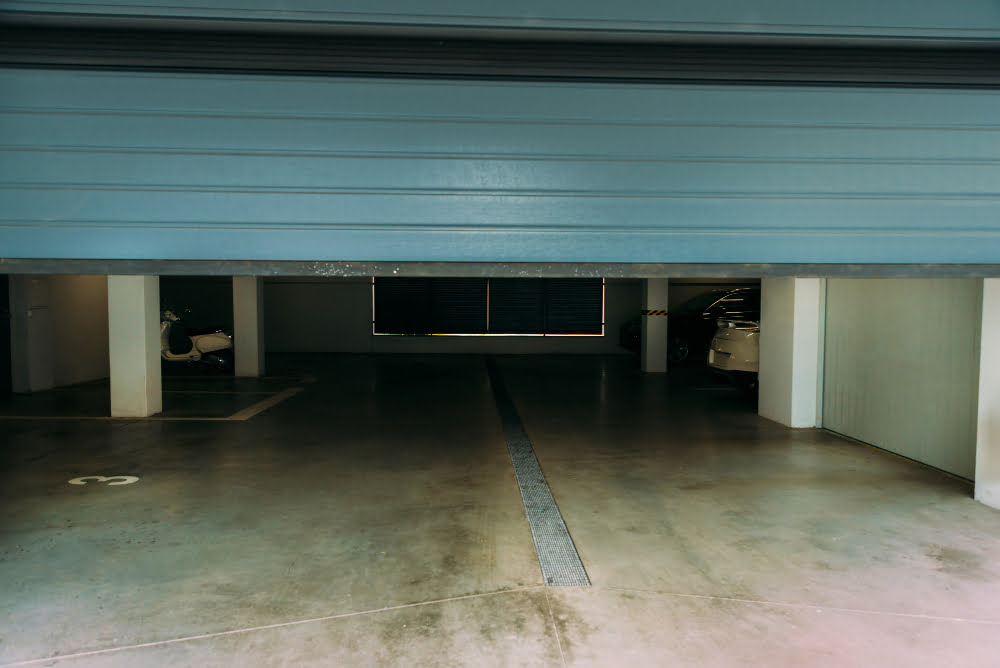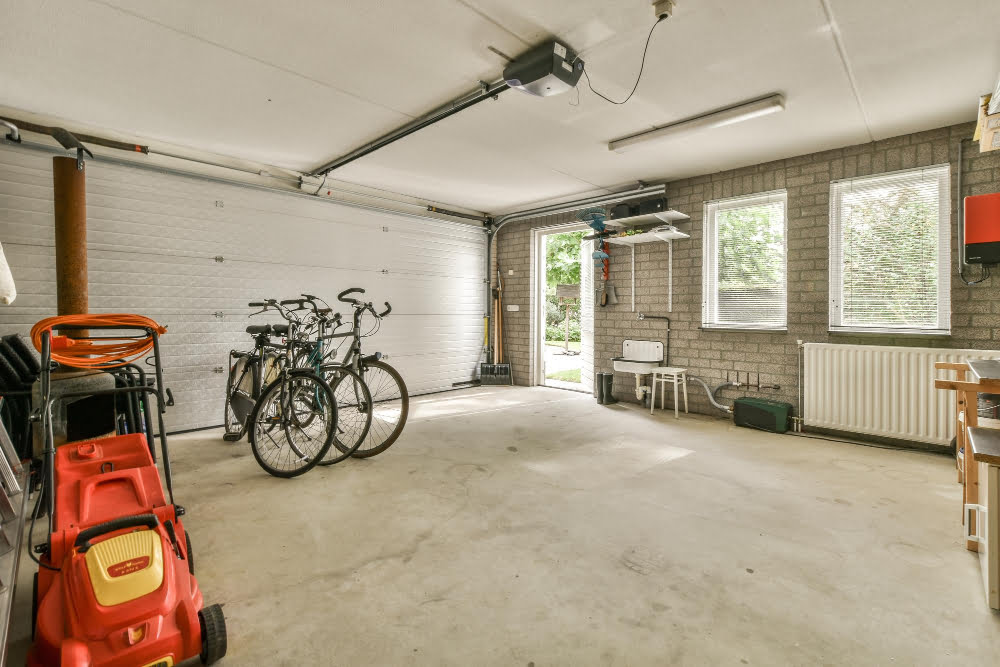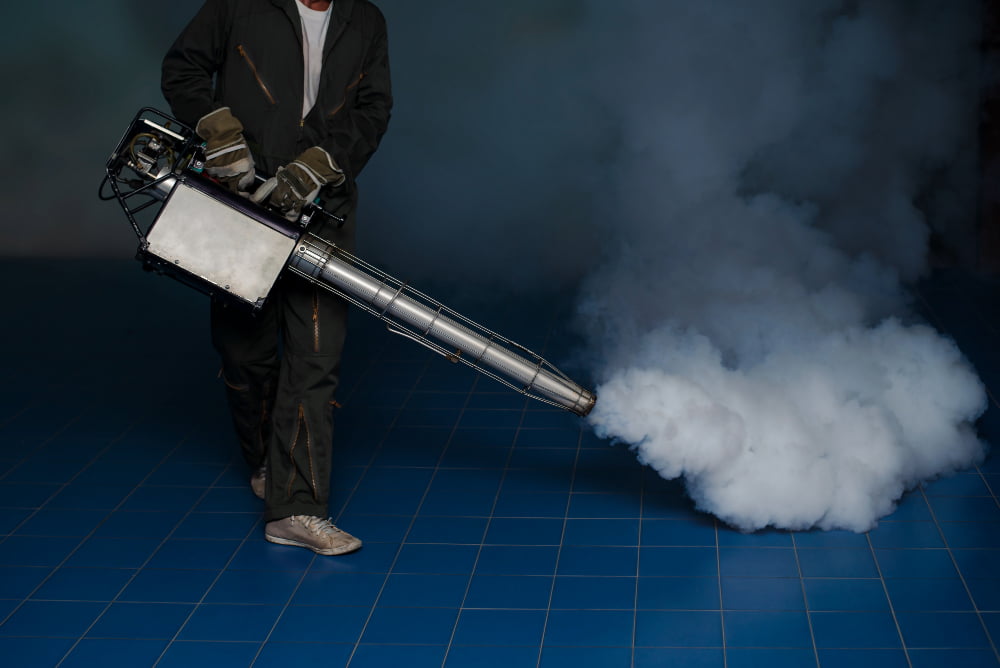Discover practical methods for safely removing a skunk that has taken up residence in your garage.
Skunks are notorious for their unpleasant odor and can be a nuisance if they find their way into your garage. The first step to getting a skunk out of your garage is to make sure it has a clear and unobstructed exit route. This can be as simple as opening the garage door and patiently waiting for it to leave.
However, if the skunk has decided to make your garage its home, you might have to employ more strategic methods. These can include using repellents, setting up a live trap, or hiring a professional wildlife removal service. Each of these methods has its pros and cons, and their effectiveness can vary depending on the situation.
Read on to get a detailed understanding of these methods and learn how to prevent future skunk invasions.
Key takeaways:
- Prioritize safety before removing a skunk (wear protective clothing, avoid getting bitten)
- Recognize signs of skunk activity in your garage (tracks, damages, odor, nocturnal noise, visual sightings)
- Follow a step-by-step guide to remove a skunk from your garage (open the door, use light and noise, lure out with food)
- Neutralize skunk odors with hydrogen peroxide, baking soda, and dish soap
- Clean and deodorize your garage after skunk removal (ventilation, cleaning, deodorizing, fogging, absorbing)
- Keep skunks away by securing trash bins, cleaning up food sources, using motion-activated sprinklers and ultrasonic repellents, scattering Epsom salts, and installing bright lights
- Skunk-proof your garage by sealing potential entrances, maintaining good hygiene, using motion-detector lights, and using repellents
- Promptly take action to prevent skunk infestations in the future (eliminate food sources, barricade small spaces, use repellents)
Safety Precautions Before Removing a Skunk

Before beginning any encounters with skunks, prioritizing safety is crucial. First, wear durable clothing that can withstand potential skunk spray – old sweatshirts, pants, and thick gloves. Consider protecting your eyes with some sort of goggles. Skunk spray can cause temporary blindness if it comes into contact with your eyes.
The second key aspect of safety deals with rabies. Skunks are among the main carriers of this deadly disease. Avoid getting bitten at all cost and if bitten, seek medical attention immediately.
Lastly, don’t forget that skunks spray when they feel threatened. Attempt to make them feel at ease by moving slowly and quietly. Cut off all the possible escape routes except for the one leading to the outside, this will make them less inclined to spray.
How to Identify a Skunk in Your Garage

Recognizing the presence of a skunk isn’t solely based on smell. Subtle markers can give away its presence and help owners take immediate measures.
1. Traces of Skunk Activity: Look out for skunk tracks, skunks have five toes on their front and back feet. Their prints are relatively small, about 1-3 inches in width.
2. Damages: Signs like minor destruction in your garage or yard, tipped over trash cans, dug holes, or damaged plants can hint towards a skunk.
3. Odor: The distinctive smell might not always be present unless the skunk feels threatened. However, even without spraying, skunks often carry a fainter version of their signature scent, which can linger in the surroundings.
4. Nocturnal Noise: Skunks are mostly nocturnal creatures. If you hear rustling noises coming from your garage at night, it might be a skunk.
5. Visual Sightings: Often the most certain sign of a skunk is seeing one. They have a distinctive black and white coat and a fluffy tail.
Remember, acknowledging these signs is an initial important step in an effective skunk removal process.
Removing a Skunk From Your Garage: Step-by-Step Guide

Before taking action, it’s vital to note that skunks, like most wildlife, prefer avoiding conflicts. Start by gently encouraging the skunk to leave of its own accord.
1. Open the Garage Door: Slowly open the garage door and step away. Allow some time for the skunk to notice the exit and move out.
2. Use Light and Noise: Install a battery-powered light or a radio tuned to a talk station in the corner of the garage, distant from the skunk. The unfamiliar sounds and lights could motivate the skunk to relocate.
3. Lure Out with Food: A can of cat food or small bits of bread can be gradually moved toward the garage entrance to coax the skunk out. Position a trail of small treats leading out of the garage.
Once the skunk has exited your garage, close the door promptly. Avoid approaching a skunk directly as it may feel threatened and spray. Patience is key in this process. If, after numerous attempts, the skunk is unwilling to leave your garage, it might be time to contact a professional wild animal control service. Remember that skunks are protected under wildlife conservation laws and it is illegal in many places to trap and remove them without authorized permission.
What to Do If a Skunk Sprays in Your Garage

Exposure to skunk spray in a confined space such as a garage can be quite the havoc-wreaker. It’s potent and pervasive, but the situation is not hopeless!
Firstly, keep windows and doors open to facilitate air circulation thus aiding odor reduction. Ensure you are wearing protective clothing, like disposable gloves and coveralls, to prevent the odor sticking to your regular clothing.
Use a combination of hydrogen peroxide, baking soda, and dish soap to create a homemade de-skunking solution. Mix one quart of 3% hydrogen peroxide, a quarter-cup of baking soda, and a teaspoon of dish detergent. This solution is proven to neutralize skunk odors – scrub your garage surfaces with it. Remember that the mixture should be used immediately and never stored in a closed container.
Commercial skunk odor removers, readily available in pet stores and online, are another viable option. These cleaners are designed to neutralize skunk odors, follow the product instructions for best use.
Keep in mind that both the homemade and commercial solutions may require repeated applications. It’s essential to thoroughly clean the garage and let it air-dry for the best results.
These two methods are your best bet for eliminating skunk odors. Taking proper action can help you reclaim your garage from these smelly intruders and restore it to a usable space.
What to Do After Skunk Removal: Cleaning and Deodorizing the Garage

Once the unwelcome guest has vacated the premises, you’ll likely be left with an unpleasant aroma lingering in your garage. Here’s how to tackle this issue:
1. Ventilation: Open all windows and doors and let fresh air circulate to help dissipate the skunk odor. This is your first line of defense.
2. Cleaning: Scrub the affected surfaces, if any, with a bleach solution. A mix of one-part bleach and nine parts water should suffice. Remember, wear gloves and eye protection while handling bleach.
3. Deodorizing: For stubborn smells, a specialized odor neutralizer can be used. They’re typically available in home improvement stores or online.
4. Fogging: Consider renting or purchasing a fogging machine to disperse a deodorizing compound throughout your garage. This is particularly effective for filling nooks and crannies where odors might hide.
5. Absorbing: Place bowls of activated charcoal or baking soda around your garage. They’ll help absorb any lingering smell over time.
Remember, these methods may need to be repeated a few times before the smell is completely removed. Also, be sure to check and replace any materials that may have been sprayed directly by the skunk, such as fabric or insulation, as these may hold onto the smell longer.
How to Keep Skunks Away From Your Garage

Mitigating factors contributing to skunk encounters is the first essential step. Skunks are attracted to food sources and secure hiding places. Hence, securing your trash bins and cleaning up fallen fruits or pet food is advisable. Make sure you close off any possible entry points too, especially at night, when skunks are most active.
Investing in motion-activated sprinklers can serve as an effective deterrent, as these small creatures are not fond of sudden disturbances. Ultrasonic repellents, designed to disorient and scare off skunks with high frequency sound waves, can be another tool added to your anti-skunk arsenal.
Epsom salts scattered around the garage perimeter is another simple yet effective repellent, as skunks find the smell offensive. Replace after rainfall as it dissolves easily.
Lastly, consider installing lightings. Skunks are nocturnal and prefer darkness, thus having bright lights in your garage and its vicinity can discourage their visits. These steps, when combined, should vastly diminish the odds of another unwanted skunk visit.
Skunk-Proofing Your Garage

First, seal off any potential entrances. Skunks are remarkably adept at finding small openings into enclosed spaces, so ensure all gaps, cracks, and crevices are securely closed. Install weatherstripping to doors and check the garage walls for any spaces that might allow a skunk to squeeze through.
Secondly, good hygiene is key. Skunks are often drawn by the scent of food or garbage. Ideally, garbage bins should be sealed tightly and any pet food should be stored in airtight containers. Regularly sweeping and keeping the garage clean will detract these unwelcome visitors.
Installing motion-detector lights can also work to your advantage. Skunks are nocturnal and tend to avoid well-lit areas. Using these lights can create a deterrent for skunks venturing too close to your garage.
Finally, consider using repellents. Commercially available skunk repellents can be sprayed around the perimeter of your garage. Alternatively, home concoctions made from strong smelling substances like ammonia or mothballs can also act as repellents.
Remember, while these steps can significantly reduce the chances of a skunk intrusion, total prevention isn’t guaranteed. Maintaining vigilance and acting promptly if signs of a skunk are noticed is ultimately the best way to protect your garage.
FAQ
How do you get rid of a skunk ASAP?
To promptly eliminate a skunk problem, implement motion-activated lights and sprinklers, eliminate food sources like trash, pet food, bird seed, and grubs, barricade small spaces with chicken wire, and employ skunk repellent, or rags soaked in ammonia.
Where do skunks hide in garage?
Skunks often hide in spaces under the garage, within woodpiles or underbrush, bushes and hedges, or even inside the garage if they find an entry point.
What are some effective repellents to deter skunks from entering your garage?
Effective skunk repellents include commercial repellents, motion-activated lights, and natural home remedies such as cayenne pepper, hot peppers, and citrus peels sprinkled around the garage perimeter.
How can one safely trap a skunk in the garage for removal?
To safely trap a skunk in the garage for removal, use a live trap baited with cat food or marshmallows, positioning the trap on a flat surface in the area the skunk frequents, and always approach the trapped skunk slowly, wearing thick gloves and long sleeves to protect against potential spraying.
What preventive measures can be implemented to avoid future skunk infestations in your garage?
To prevent future skunk infestations in the garage, ensure the garage is sealed thoroughly, avoid leaving foodstuffs in the garage, keep trash cans securely closed, and consider using commercial repellents or a motion-activated light or sprinkler.